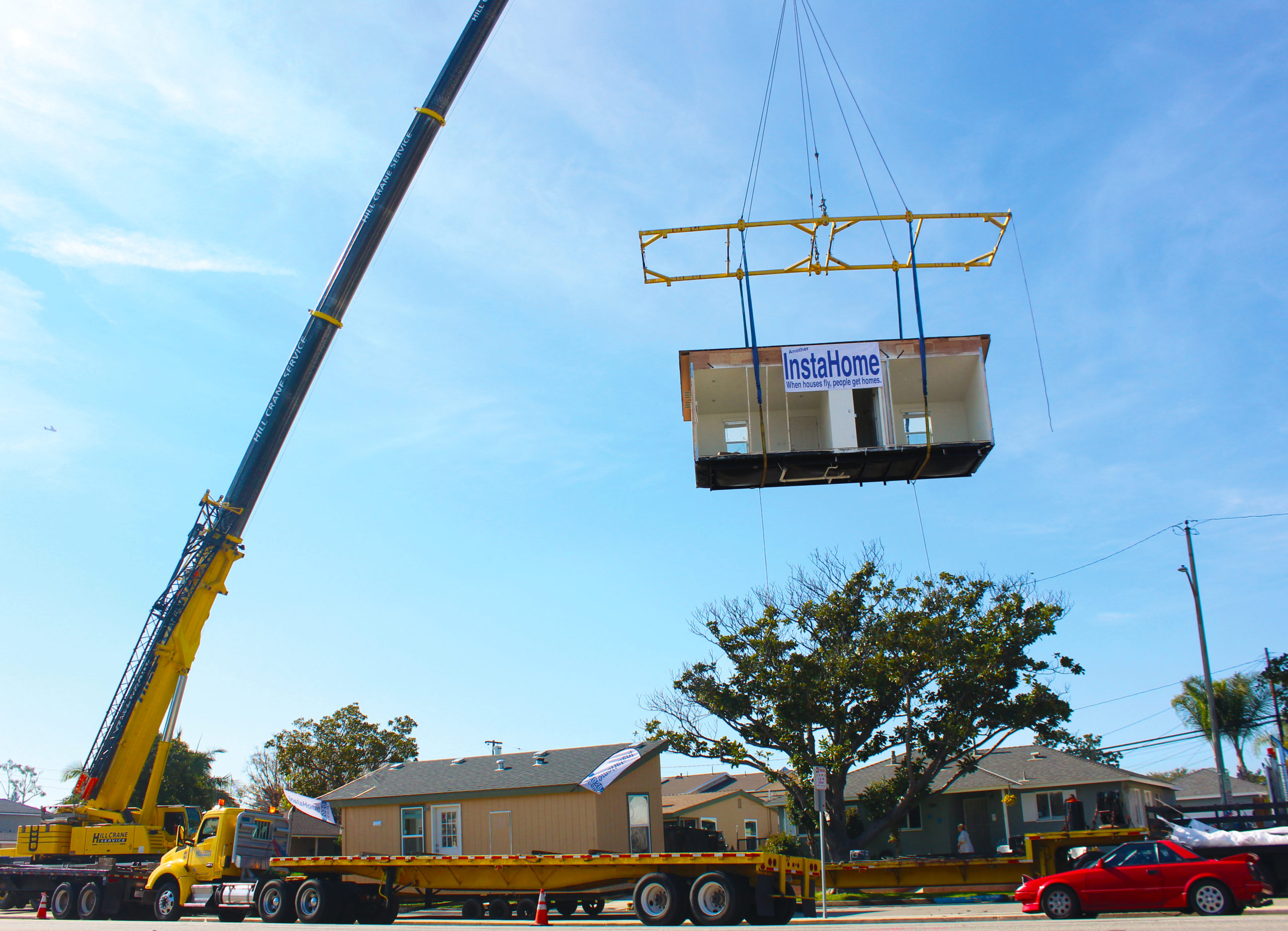
Residents in some Long Beach neighborhoods might want to get used to circling the block a few more times as they search for a parking spot after work.
In September of last year, state legislators approved a number of bills that made it easier for landowners to add residential units to their properties without the burden of providing additional parking spaces on site.
Since then, the city of Long Beach has received 360 applications for such units, often referred to as granny flats or ADUs, records obtained by the Long Beach Business Journal show. Currently, 220 are still under review for possible approval by the Long Beach Development Services Department.
ADUs are residential units that are added to an existing structure or property, like a studio with a kitchen and bathroom built atop an existing garage. But while some owners seek to build or renovate rental units for one or two residents on their properties, others are planning massive expansions.
A project approved in the Bluff Park Historic District, for example, would add eight bedrooms to an existing property, without providing any additional parking outside of a two-car garage already located on the property.
Projects like these have caused an uproar in some neighborhoods due to potential impacts on parking and the increase in population density they entail.
“We’re going to lose that identity of neighborhood and community,” said Dan Pressburg, president of the DeForest Park Neighborhood Association.
North Long Beach, and the DeForest Park neighborhood in particular, is among the most densely populated neighborhoods to receive a significant number of ADU applications.
Pressburg said he was concerned about the impact the additional units would have on parking, the neighborhood’s architectural integrity and overall quality of life.
“You’ve got people stacked up on people and you have no parking,” he said. “That’s a big deal; it’s a really big deal.”
Because of its big lot sizes and proximity to the Cal State Long Beach campus, the Los Altos area is primed for ADUs to provide housing for students, a prospect that has some residents worried about over-crowded living arrangements and late night partying in the otherwise quiet residential neighborhood.
“Everybody in this neighborhood is hot about it,” said Michele Kreinheder, a local real estate agent and co-chair of the Los Altos Village Group.
The biggest challenge, she said, was that most of her neighbors didn’t realize the significant changes on the horizon when state legislators passed new regulations around ADUs last year.
“People were just not keyed into it,” Kreinheder said. Now, however, “everybody’s tongues are wagging about ADUs.”
AB-68, a bill passed in September 2019, prohibits cities from requiring on-site parking if the proposed site is within half a mile of public transportation, such as a bus or metrorail stop. ADUs in historic districts are also exempt from any parking requirements.
The new law was necessary because some cities refused to do their part in supplying more much-needed housing across the state, said Assemblyman Phil Ting, the author of the bill.
“When the first number of ADU bills was passed, cities started putting [in] really artificial and onerous barriers to continue to block ADUs. One of those was unrealistic parking requirements,” Ting said. “Many of which basically banned ADUs in those jurisdictions.”
The Bay Area assemblyman and others felt the need to act. “As state legislators, we’re trying to solve a problem for the state,” he explained. “If you talk to most city councils, they all support housing, they just don’t support housing in their city. They all expect some other city to build the housing; they want to create the jobs.”
But creating housing is a crucial step toward enabling economic growth, Ting said. “If any city, like Long Beach, wants to grow their economy, they’re going to need to be able to provide housing for their workforce.”
As for parking, Ting said the issue isn’t a lack of space for cars, it’s a lack of convenient alternatives to a personal vehicle. “The parking issue is not exacerbated by housing, the parking issue is exacerbated by a lack of transportation options,” Ting said.
Because of the number of bus stops in the city, combined with other exemptions provided by state law, the development services department has since assumed a no-parking-required policy for ADUs.
But public transit ridership outside of a few transit centers has remained low, with some bus stops seeing less than 50 boardings per day, and numbers have further dwindled as a result of the coronavirus pandemic.
“Public transit is catching up, I think, but there’s still a lot of work to do,” said Scott Kinsey, a planner with the city’s development services department. “With ADUs in the picture, that becomes even more important.”
Kinsey said the addition of ADUs to existing properties was a “good housing strategy,” but that there are cases of property owners going overboard.
“There’s going to be a few cases where you will get a perfect storm,” Kinsey said, pointing to high-occupancy projects in neighborhoods already struggling with parking issues. “We look very closely to make sure they’re not doing more than allowed by state law.”
But given the blanket no-parking-required regulations signed into law by Gov. Gavin Newsom last year, there’s little the city can do.
“I think that the legislature was trying to add a lot of flexibility. They definitely did that,” Kinsey said. But, he added, “It’s always a balancing act.”
